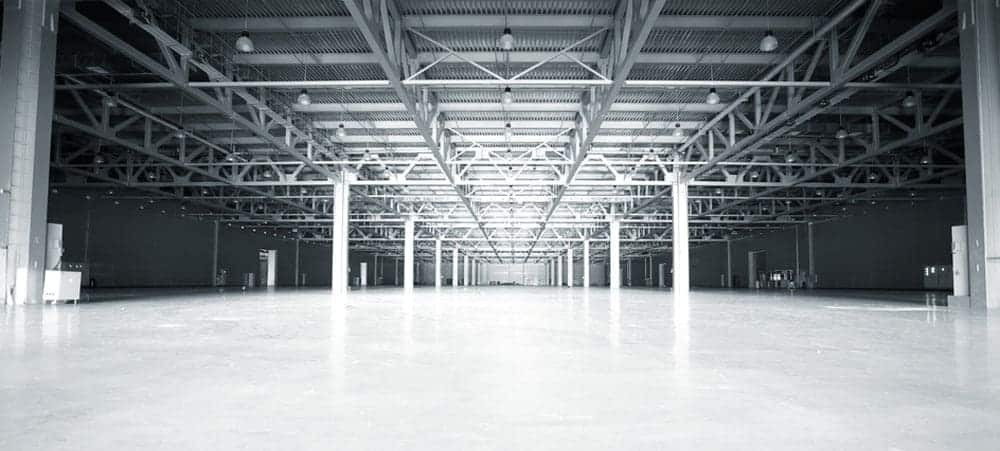S/4 Stock Room Management


However, the option only applies to existing customers. In all likelihood, SAP EWM will continue to be recommended to new customers. It remains to be seen how this distinction will be handled.
S/4 Hana Stock Room Management is officially available with S/4 1909, although SAP will also support the existing SAP WM solution until 2025.
What's in, what's missing? The scope of S/4 Stock Room Management is largely the same as today's possibilities in WM, but further developments are probably out of the question.
All critical components for simple warehouse management are provided. The following components are no longer available: Task and Resource Management (WM-TRM), which is in fact little used, is not supported by S/4 Stock Room Management.
Those who want to continue using a decentralized WM (WM-DWM) should look into mapping in EWM, as it will probably be discontinued after 2025.
Each user must decide for themselves whether it is important to forego the Value-Added Services module (WM-VAS). However, there are certainly possibilities to map the processes elsewhere in the SAP environment.
The Yard Management (YM-WM) component in WM never enjoyed great popularity and is found in use in only a few implementations.

Insofar as cross docking is used in WM (WM-CD), this could possibly mean a certain amount of additional work. However, individual development to close this functional gap would be possible.
Should wave management really be completely separated out and used in existing implementations, the mapping in EWM should also be considered here.
Continue to use complex developments in your own namespace: The new option can be extremely interesting if complex individual developments are in use.
Our experience shows that in many cases in-house developments such as forklift control systems, monitoring functions, automation of bookings and scanner applications supplement the range of functions in the standard.
While these have to be largely redesigned when migrating to EWM, they may be able to continue to be used with S/4 Stock Room Management.
The postponement of the continuation of WM is also accompanied by advantages for existing WM customers. This makes it easier to calculate investment costs when converting to S/4.
Step by step, processes in the back office and logistics can be migrated to the "new world". A decision for the appropriate version of the warehouse management software can be made with the necessary peace of mind. Likewise, the continuation of the existing warehouse solution offers process reliability in the operational areas.
By retaining proven system processes in the warehouse and in production supply, potential risks of migration can be minimized for the time being. There is no time pressure during the changeover.
It will be particularly interesting for many customers to be able to continue to use certain processes with a strong link to ERP processes without major changes beyond 2025, such as goods receipt processes with and without inbound deliveries, SAP QM integration, handling unit management, packing in delivery documents, or production supply (WM-PP interface).
How to make the decision for a future warehouse management software? First of all, an analysis of the actual processes should be carried out. Only with a recording of the processes in the warehouse can coverage levels of the alternatives be evaluated.
In addition, the use of hardware, especially mobile devices and scanners in the warehouse, as well as the technical interfaces, both inside and outside the company, must be examined. Only when a clear picture of these interfaces is available can this point be meaningfully evaluated.
In addition, it is advisable to check the solution for customer-specific extensions: Are these still operational? What dependencies exist? A scoring model is one way of evaluating the results of the investigations according to the various solution alternatives.
With the new possibilities offered by the continued use of WM, nothing stands in the way of a gradual changeover to EWM. For the time being, the continued use of existing devices and applications (for example, ITS-Mobile) is possible.
A changeover to new devices and, for example, UI5 apps can be approached successively. There is also no need to immediately map existing processes in EWM (for example, as a big bang).





